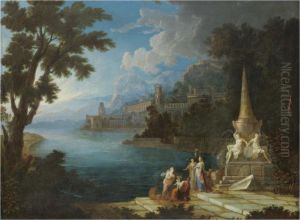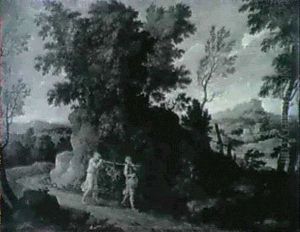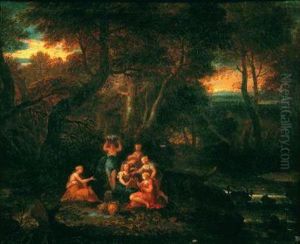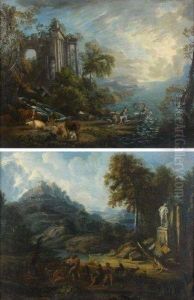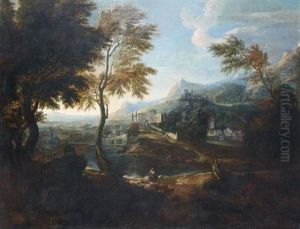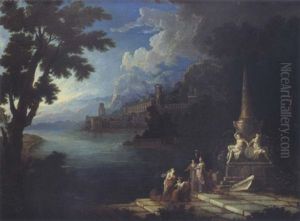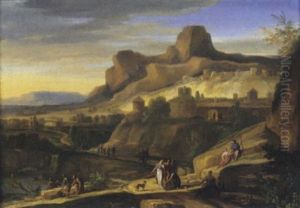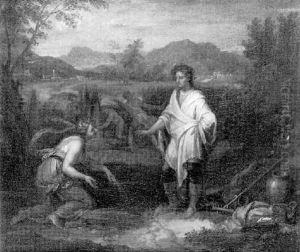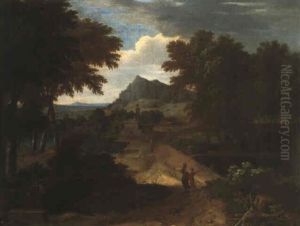Gabriel Allegrain Paintings
Gabriel Allegrain was a French sculptor born in 1679 in Paris, France. He is best known for his work during the late Baroque and early Rococo periods. Allegrain came from a family of artists, which provided him with an environment conducive to nurturing his artistic talents from an early age. However, despite his family background, there is not an extensive amount of documentation on his early life and training.
Allegrain's work was influenced by the prevailing artistic styles of his time, which included the grandeur of Baroque art as well as the more playful and ornamental Rococo style that began to emerge during his career. He was particularly adept at creating sculptures that displayed a sense of movement and grace, often working with themes from classical mythology and allegory.
One of his most famous works is the 'Bather' ('La Baigneuse'), which exemplifies the soft, sensuous qualities characteristic of Rococo sculpture. This piece, along with others, helped Allegrain gain recognition in artistic circles. He became a member of the prestigious Académie Royale de Peinture et de Sculpture in 1718, which was an important milestone in his career.
Throughout his life, Allegrain received commissions from notable patrons, including members of the French royalty and aristocracy. His work was part of the grand project of decorating the Palace of Versailles, where his sculptures contributed to the opulent and elegant design that the palace is known for.
Gabriel Allegrain passed away in 1748, leaving behind a legacy as a talented sculptor who contributed to the artistic transitions of his time. His works remain influential examples of French sculpture from the period and continue to be studied for their craftsmanship and stylistic significance.
